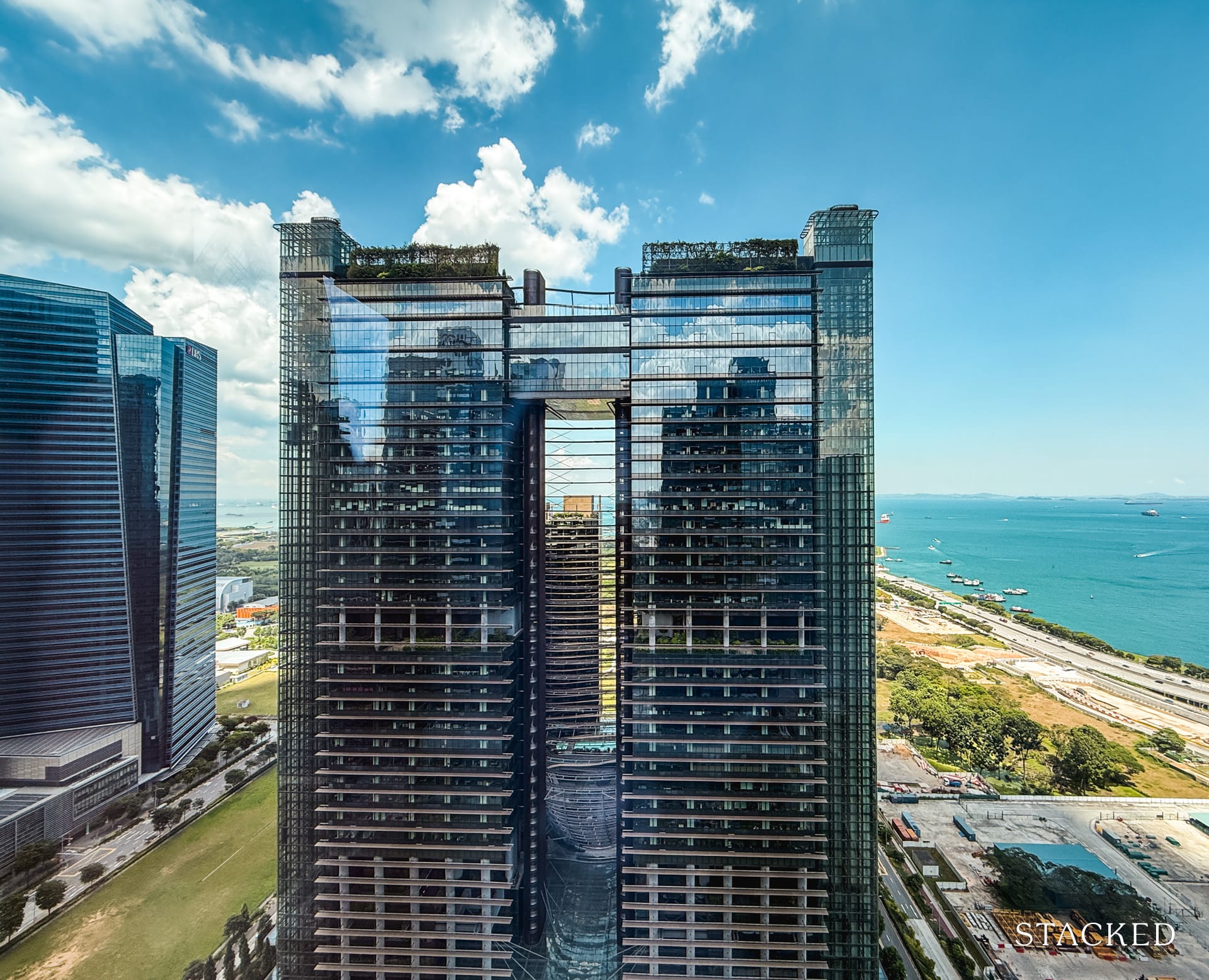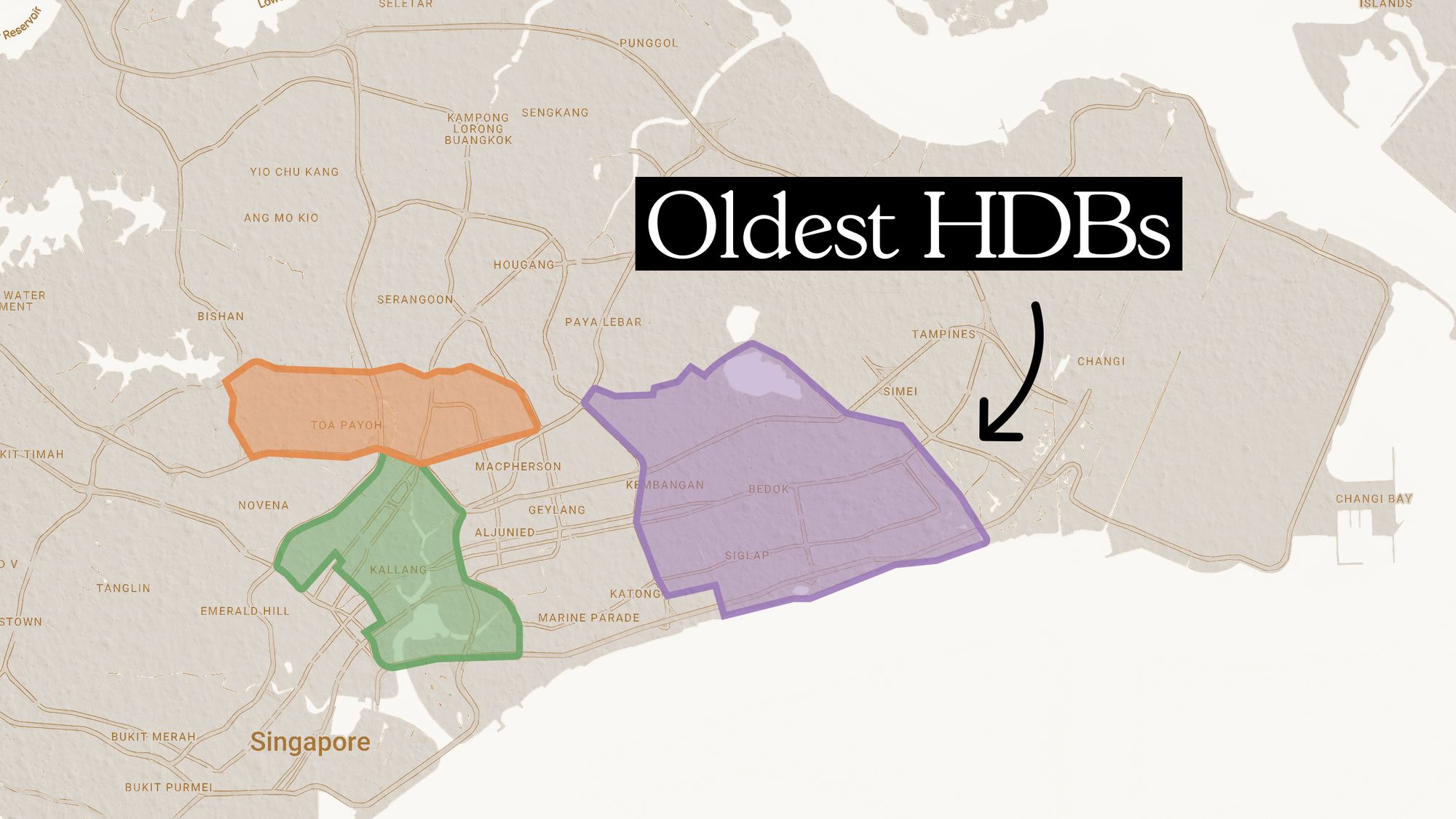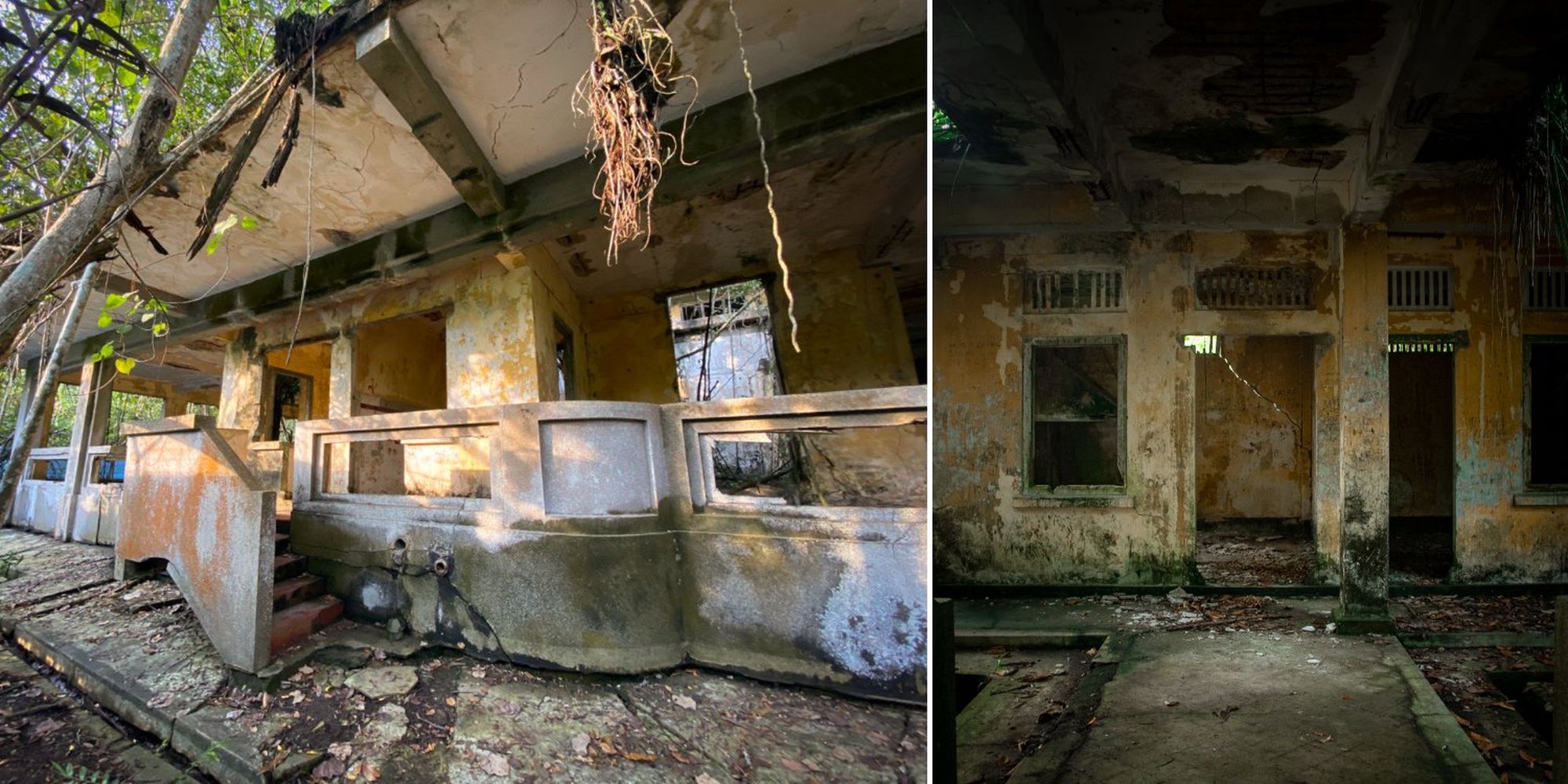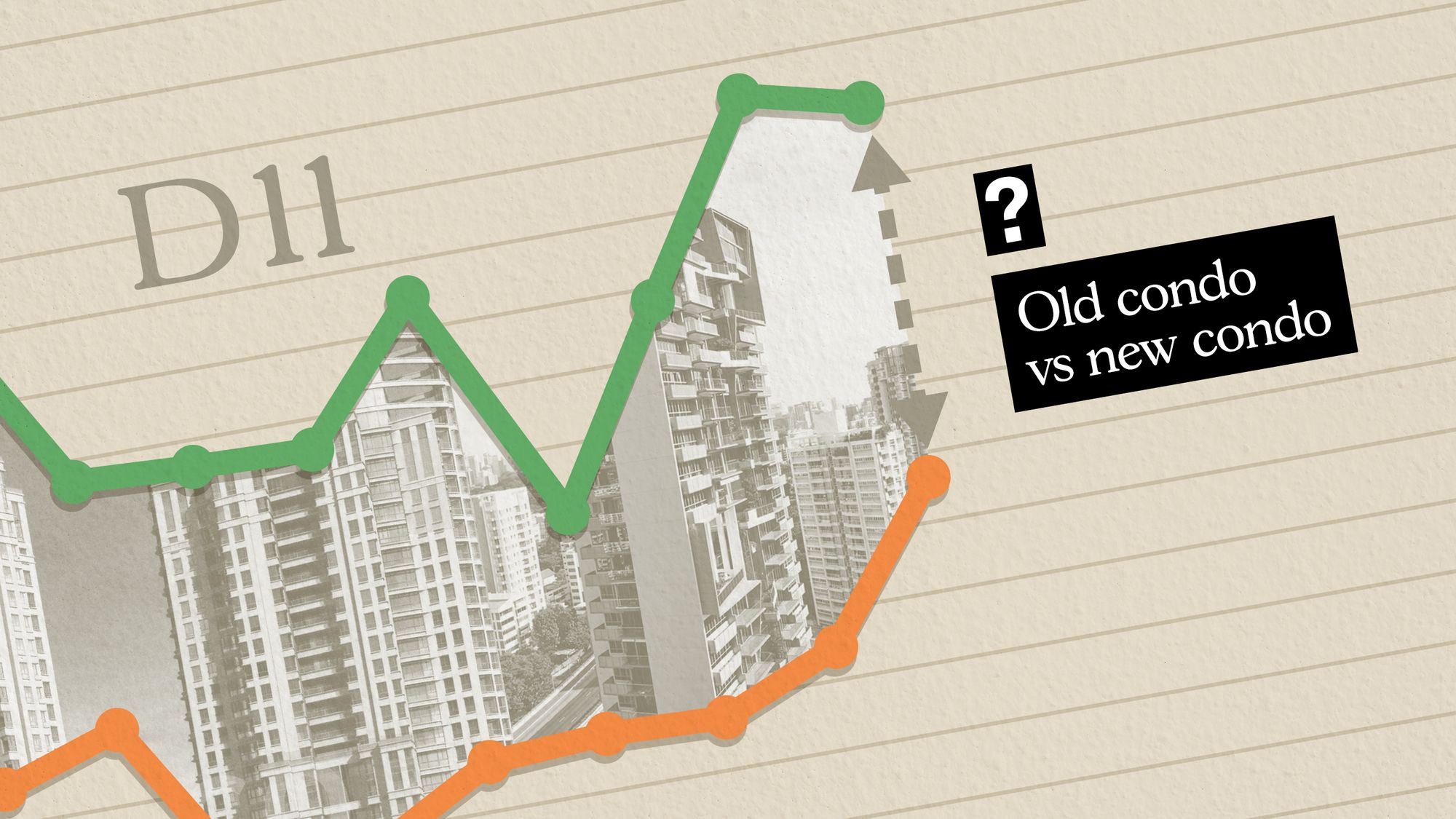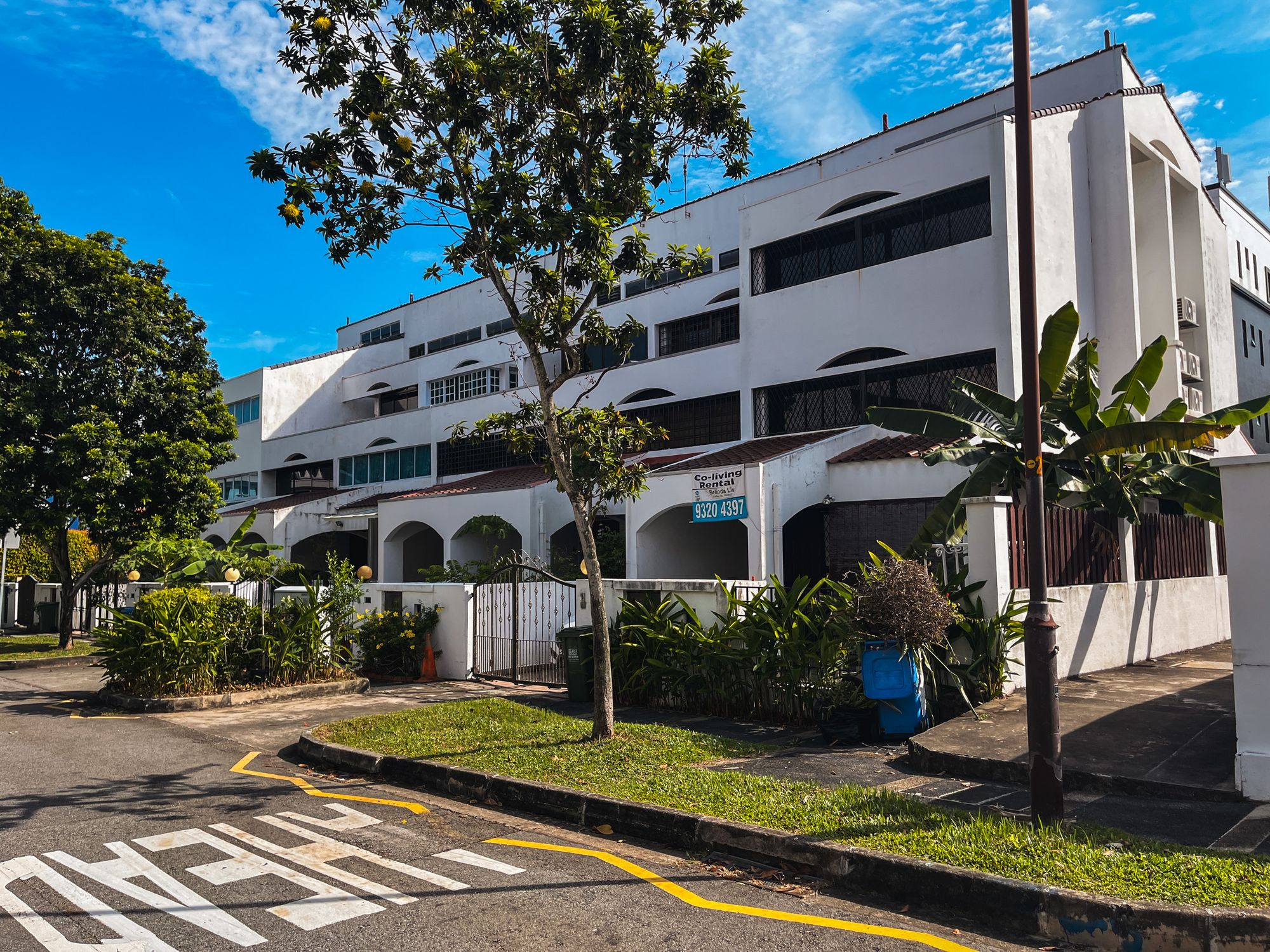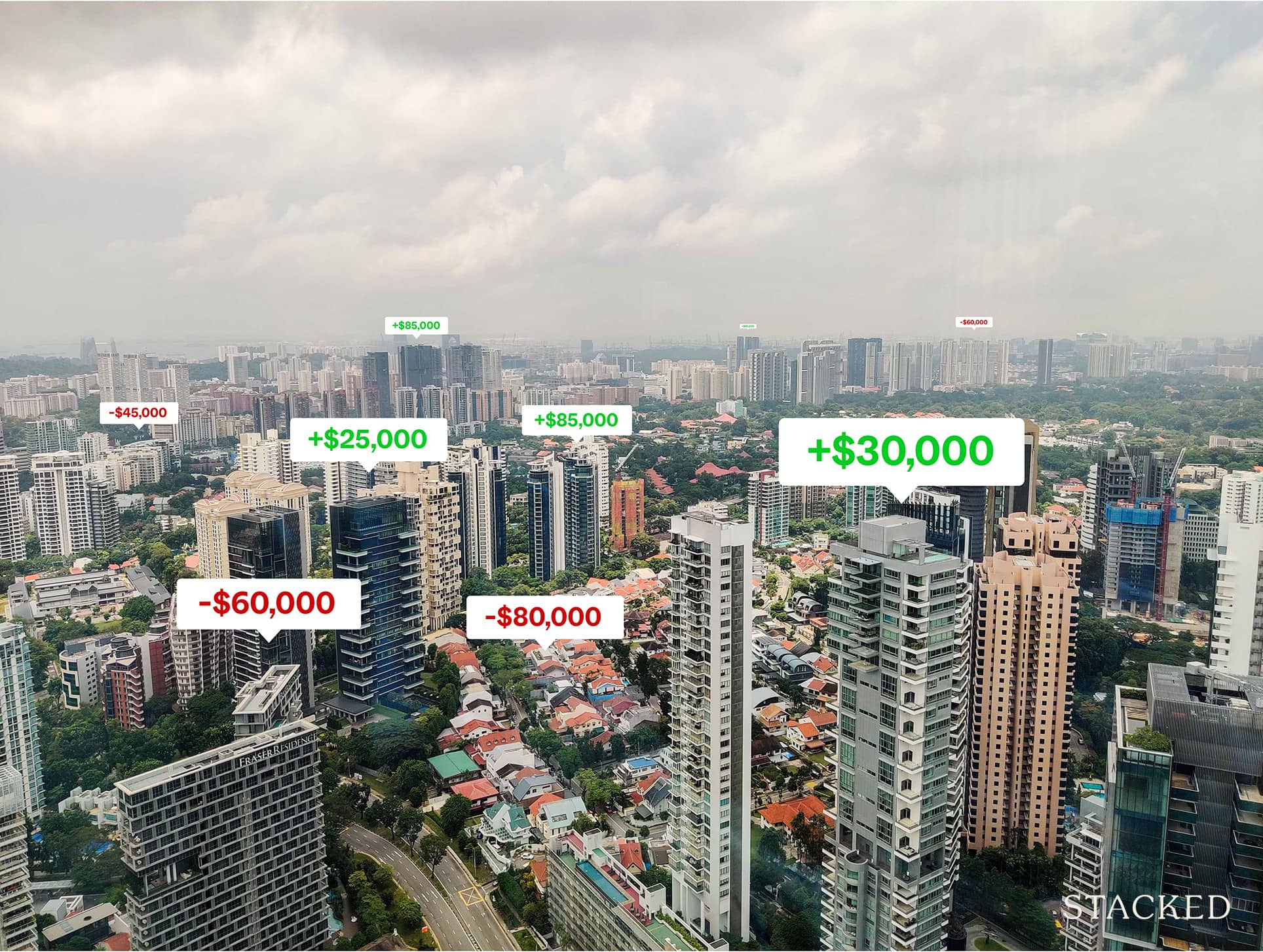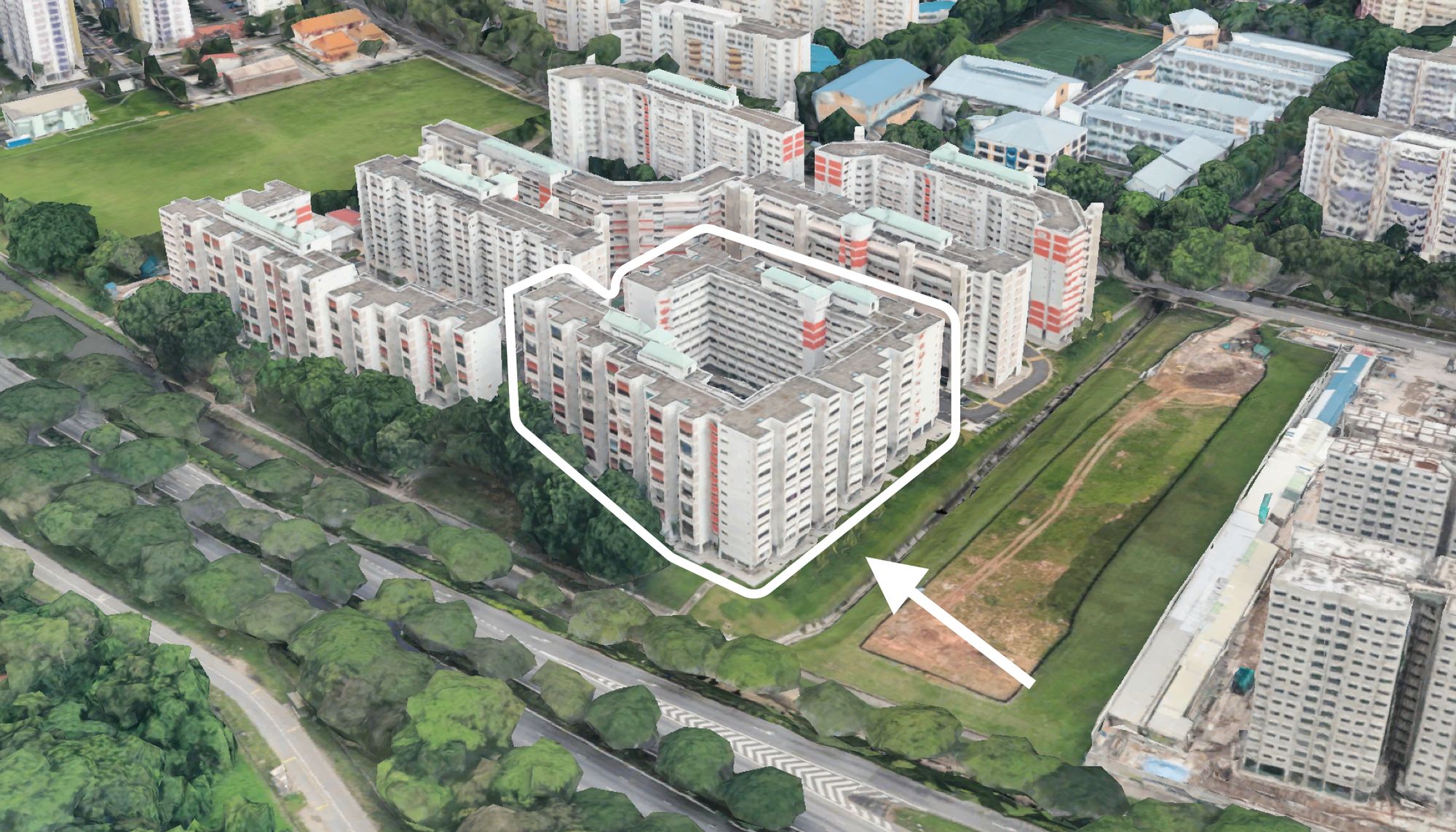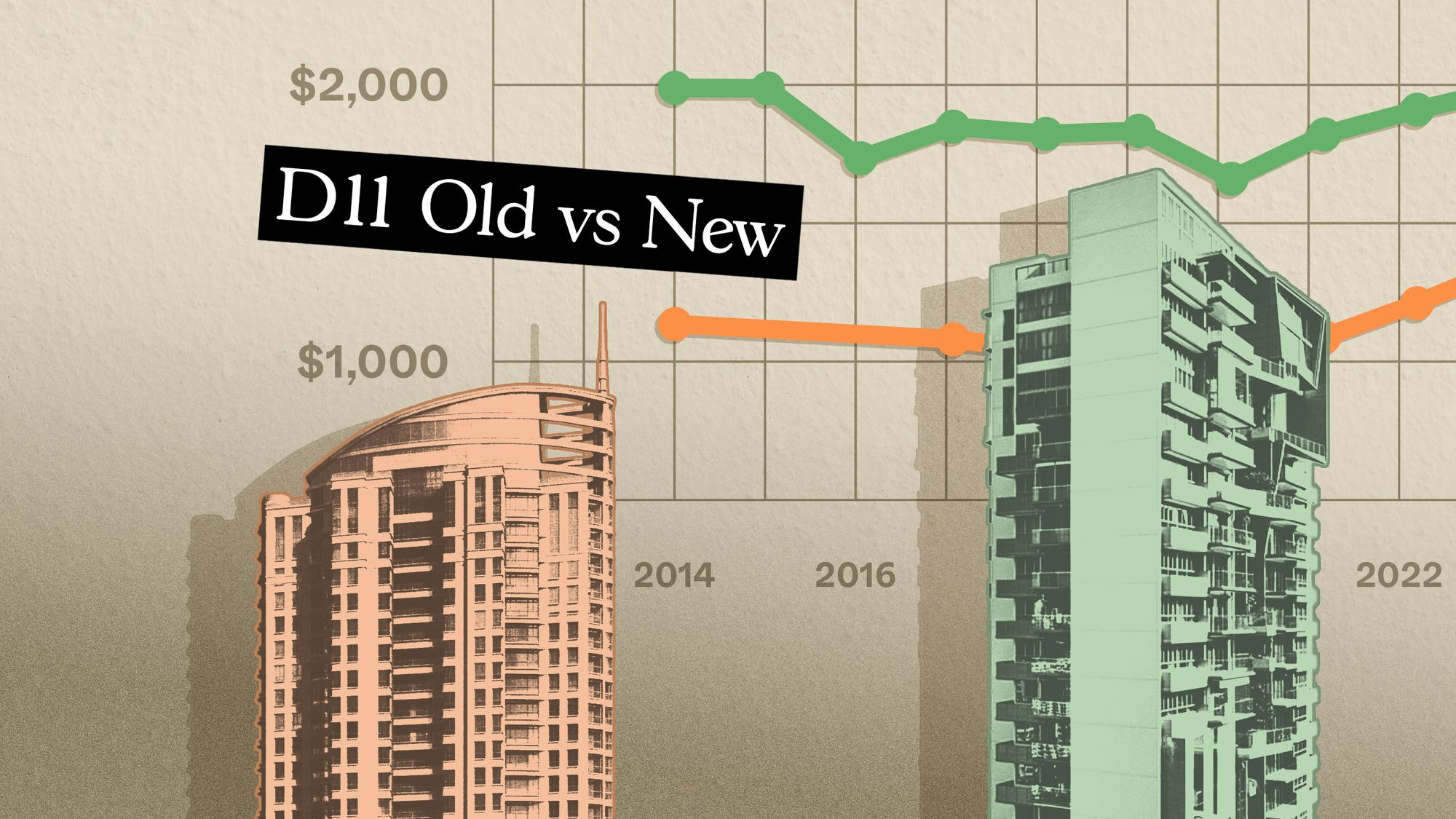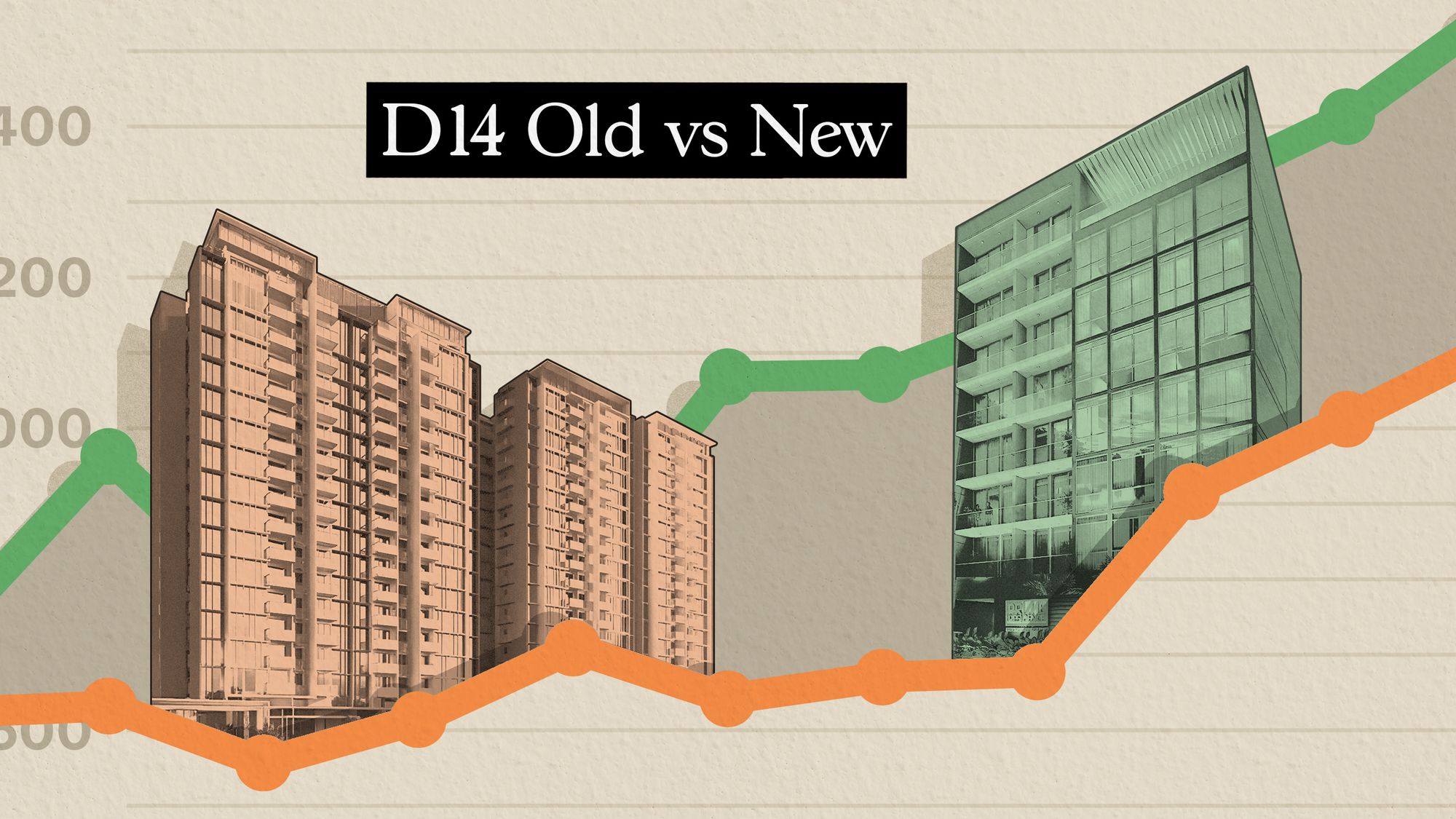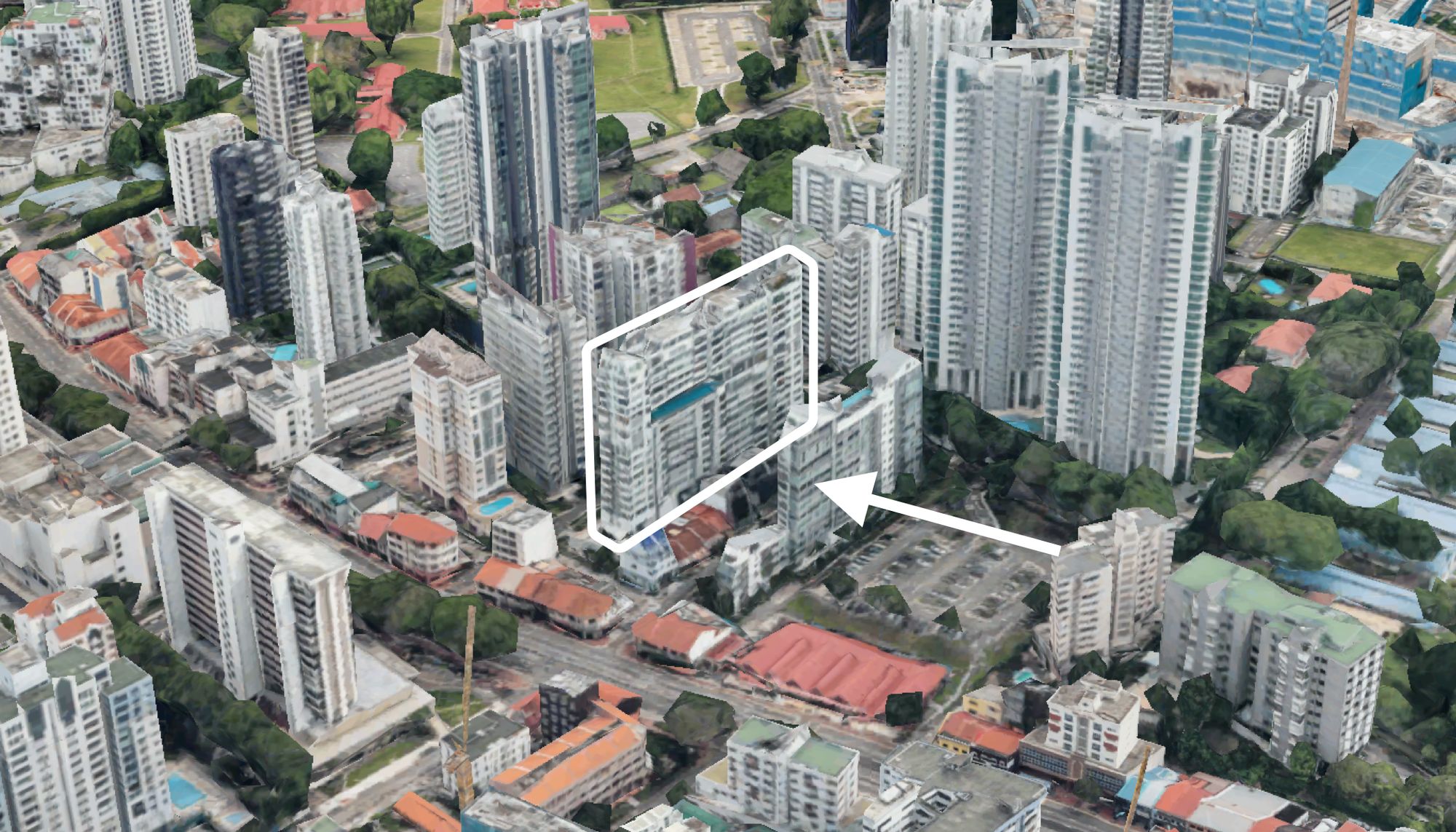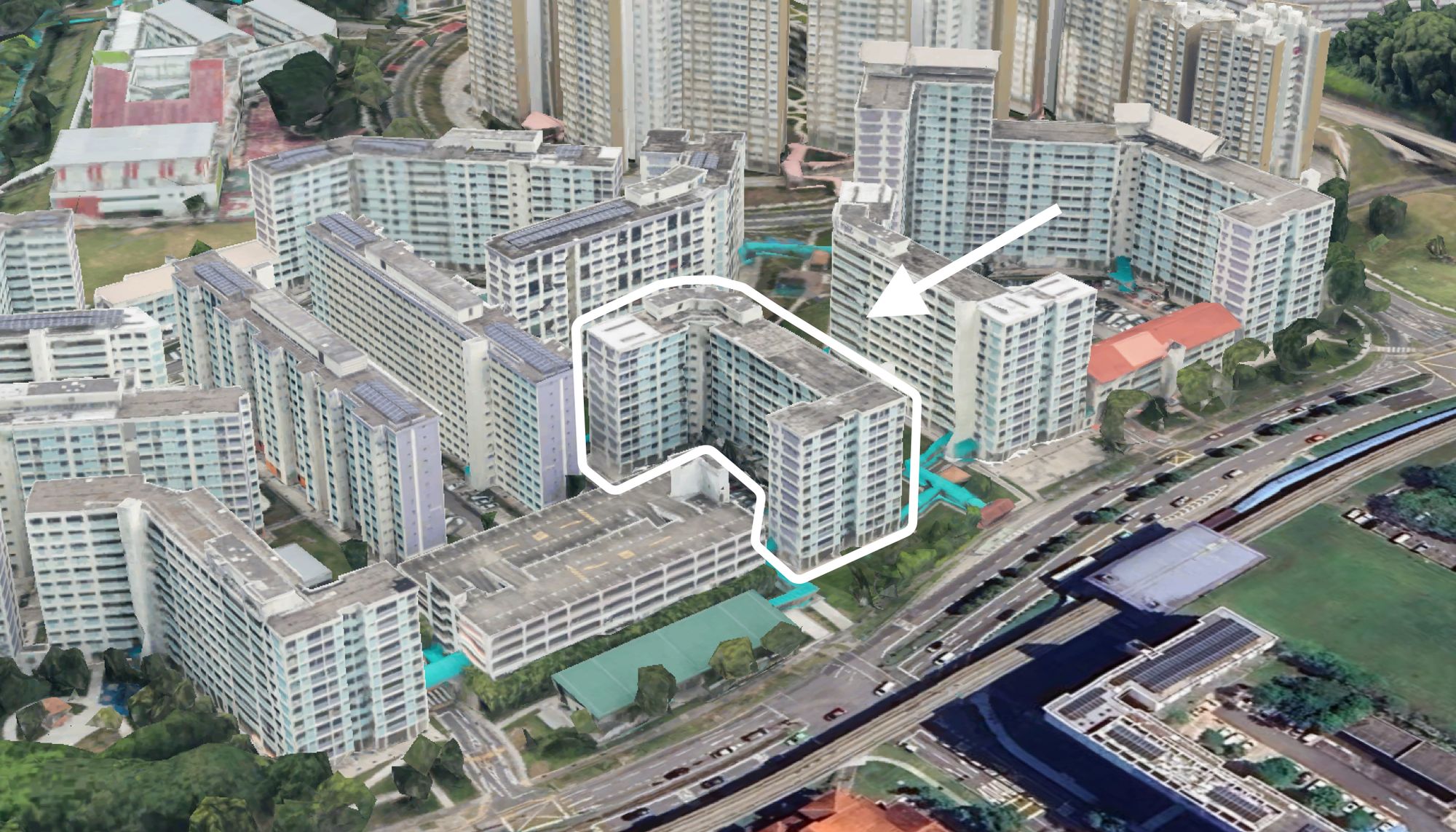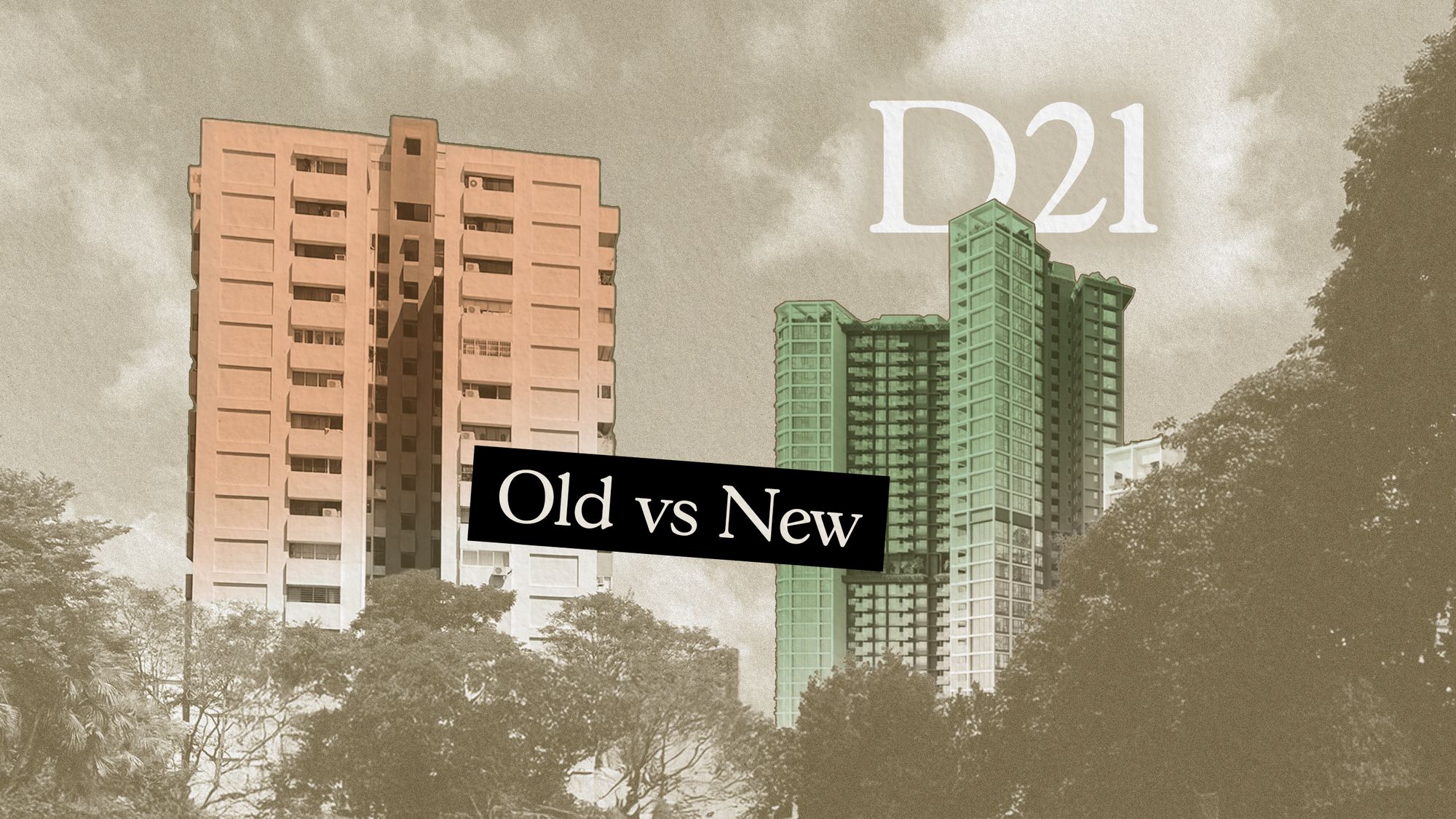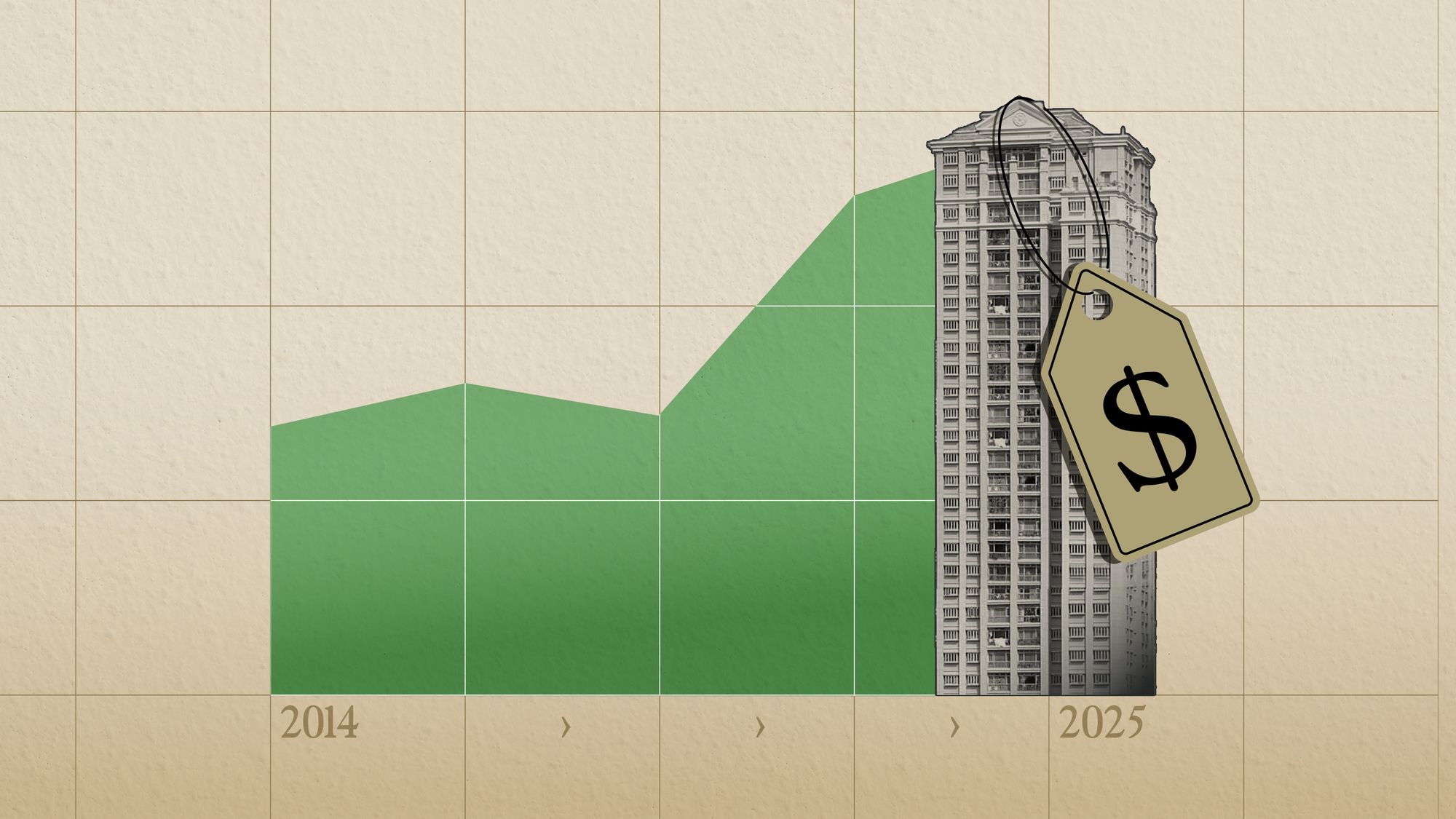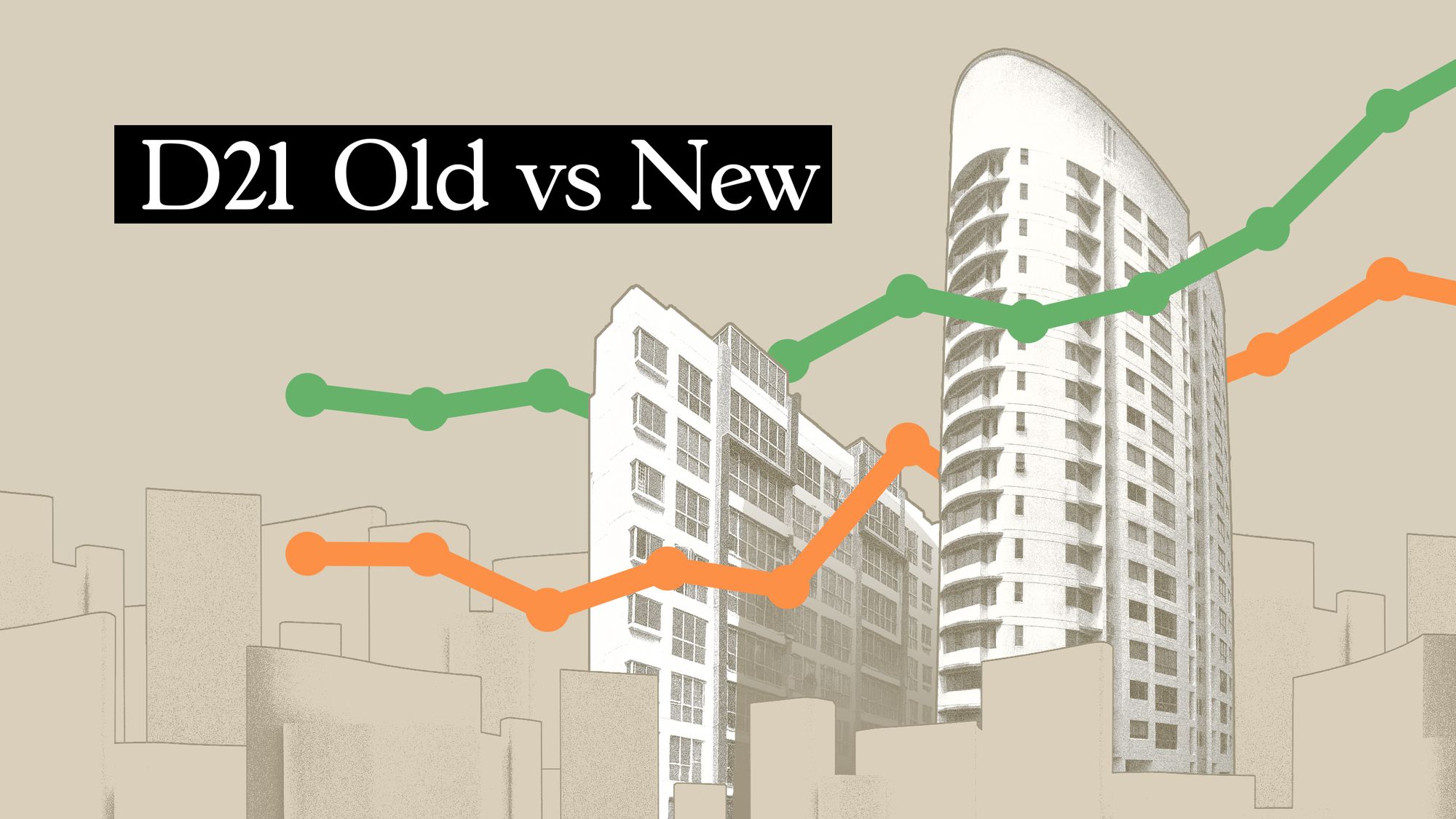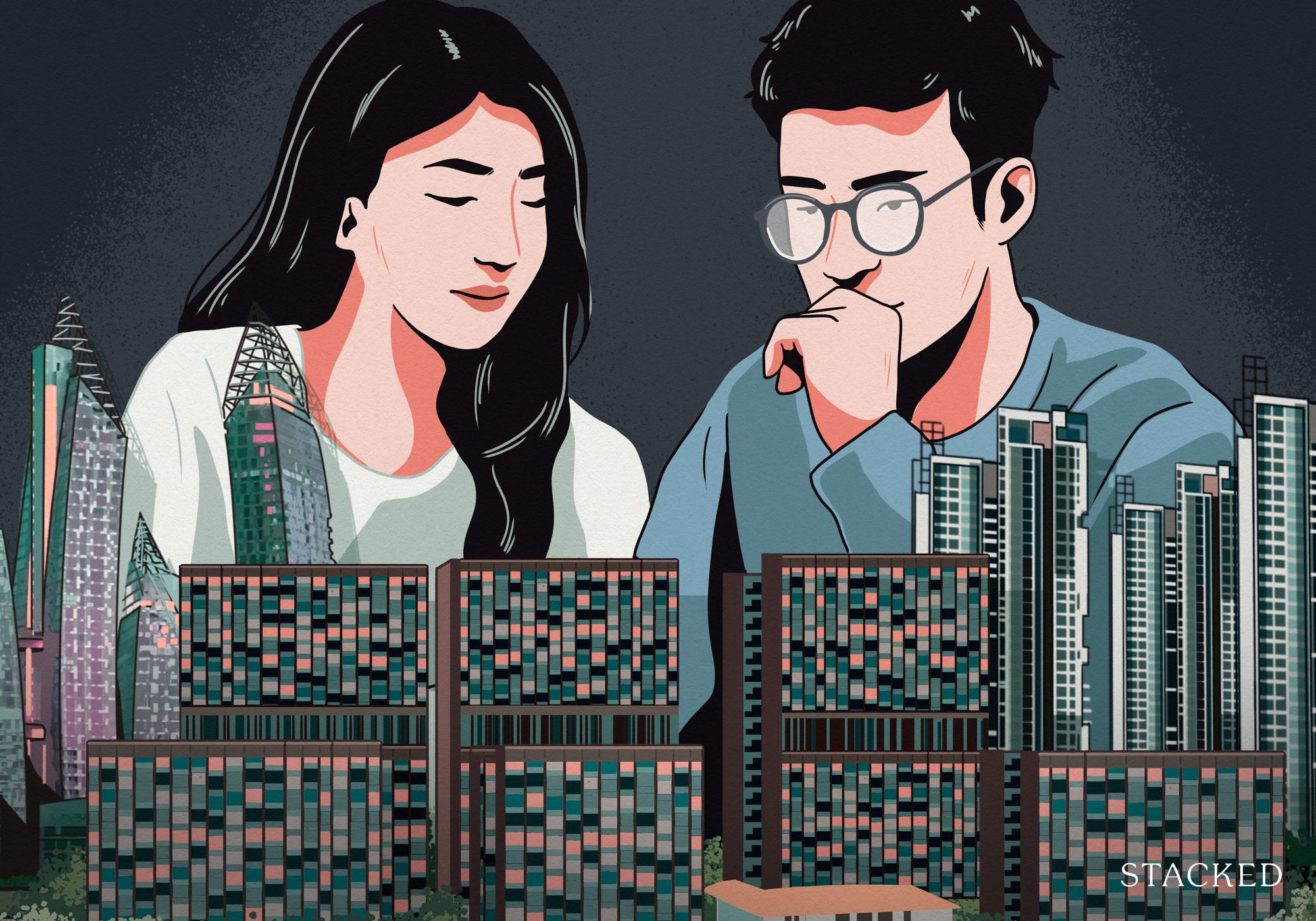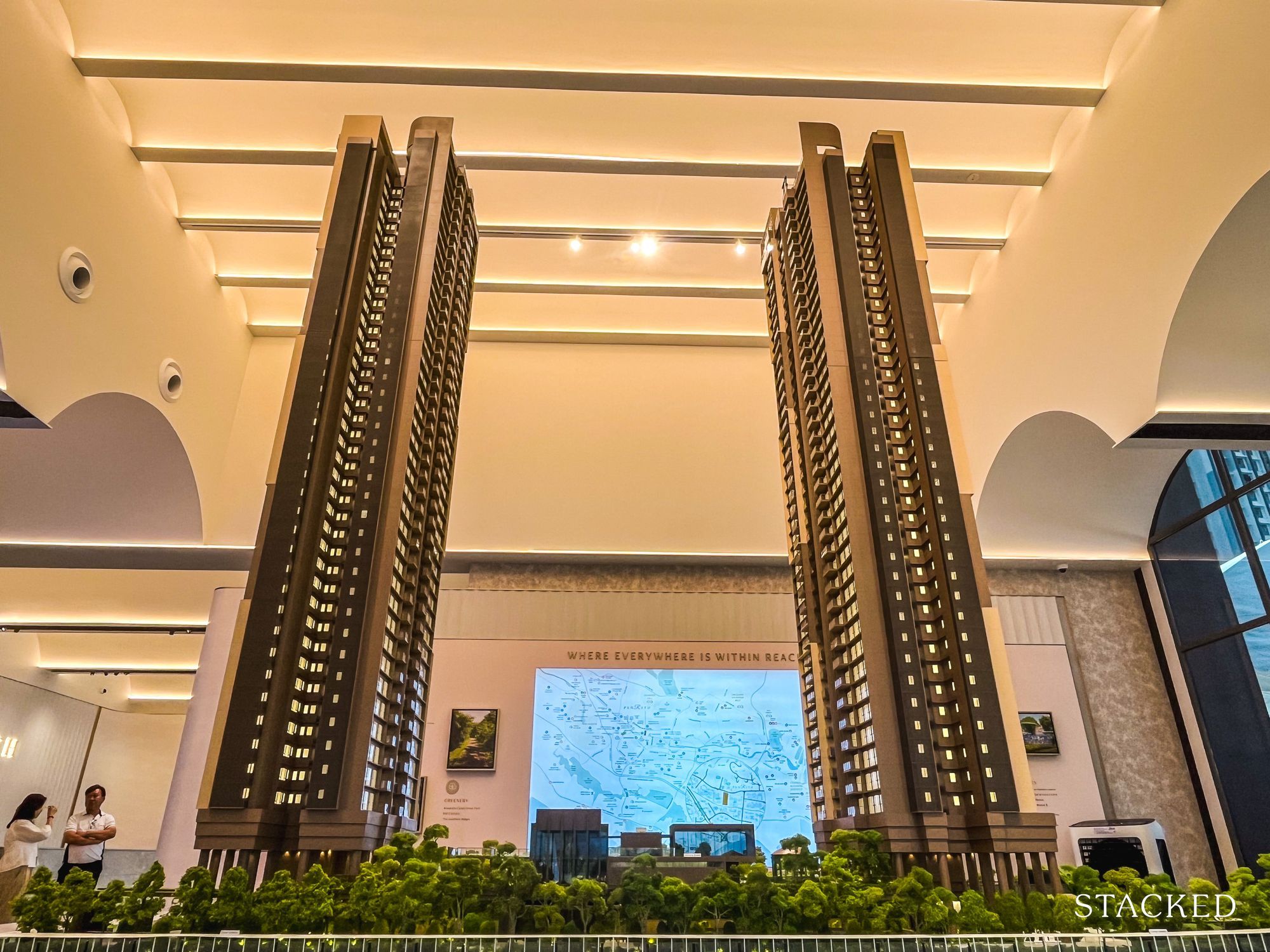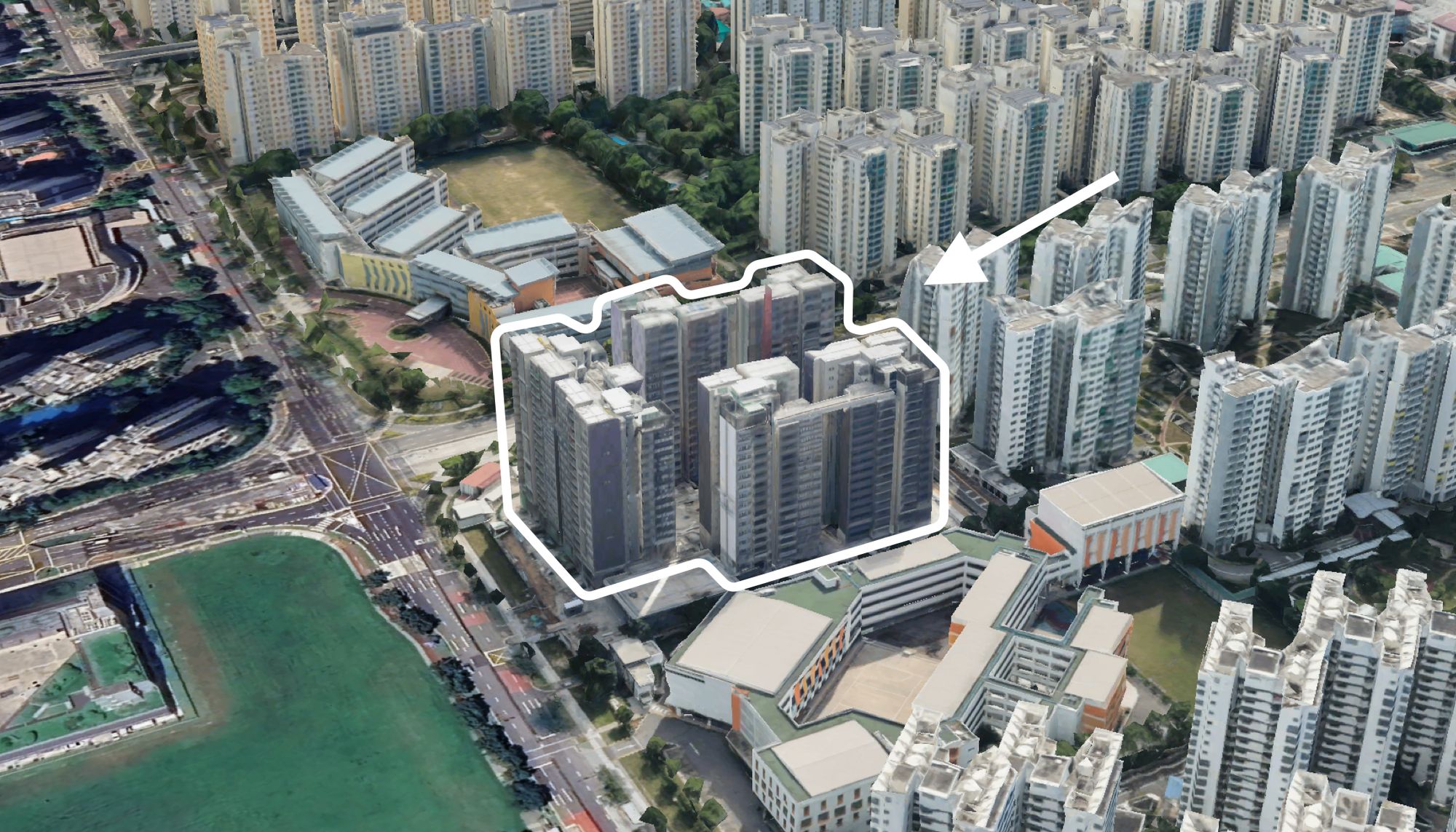Where to Find the Cheapest Landed Homes in Singapore — From Just $888K (Yes, Really)
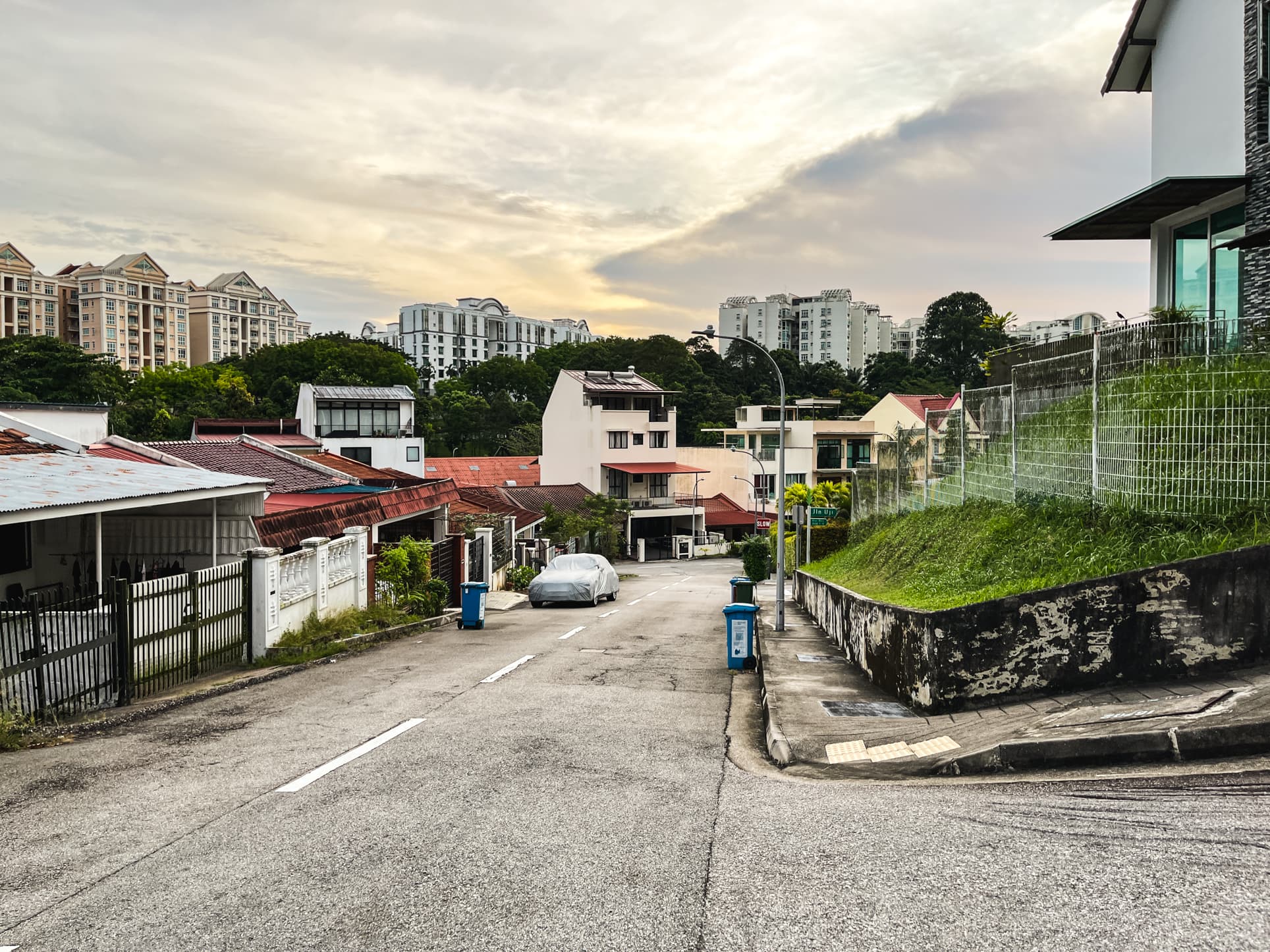
Get The Property Insights Serious Buyers Read First: Join 50,000+ readers who rely on our weekly breakdowns of Singapore’s property market.
A seasoned content strategist with over 17 years in the real estate and financial journalism sectors, Ryan has built a reputation for transforming complex industry jargon into accessible knowledge. With a track record of writing and editing for leading financial platforms and publications, Ryan's expertise has been recognised across various media outlets. His role as a former content editor for 99.co and a co-host for CNA 938's Open House programme underscores his commitment to providing valuable insights into the property market.
Most people assume landed homes are far beyond reach, the kind of property that only the ultra-rich can afford. And while that’s true for Good Class Bungalows, it’s not the whole story. In fact, we often find that people overestimate just how expensive private landed homes are.
Surprisingly, if you’re open to something smaller or a little older, there are landed homes that cost less than a brand-new two-bedder condo. Here’s where to find them, and what to expect.
And if you’ve been wondering whether a landed home is really out of reach, it might help to see what’s actually available once you look beyond the headline prices. Tell us what you’re considering and we’ll connect you with one of our trusted partner agents who can show which landed homes offer real value compared to new condos today.
The top five landed estates with the cheapest properties
We’ll divide this into leasehold and freehold properties; because even more so than condos, the gap between leasehold and freehold landed is substantial.
99-year leasehold
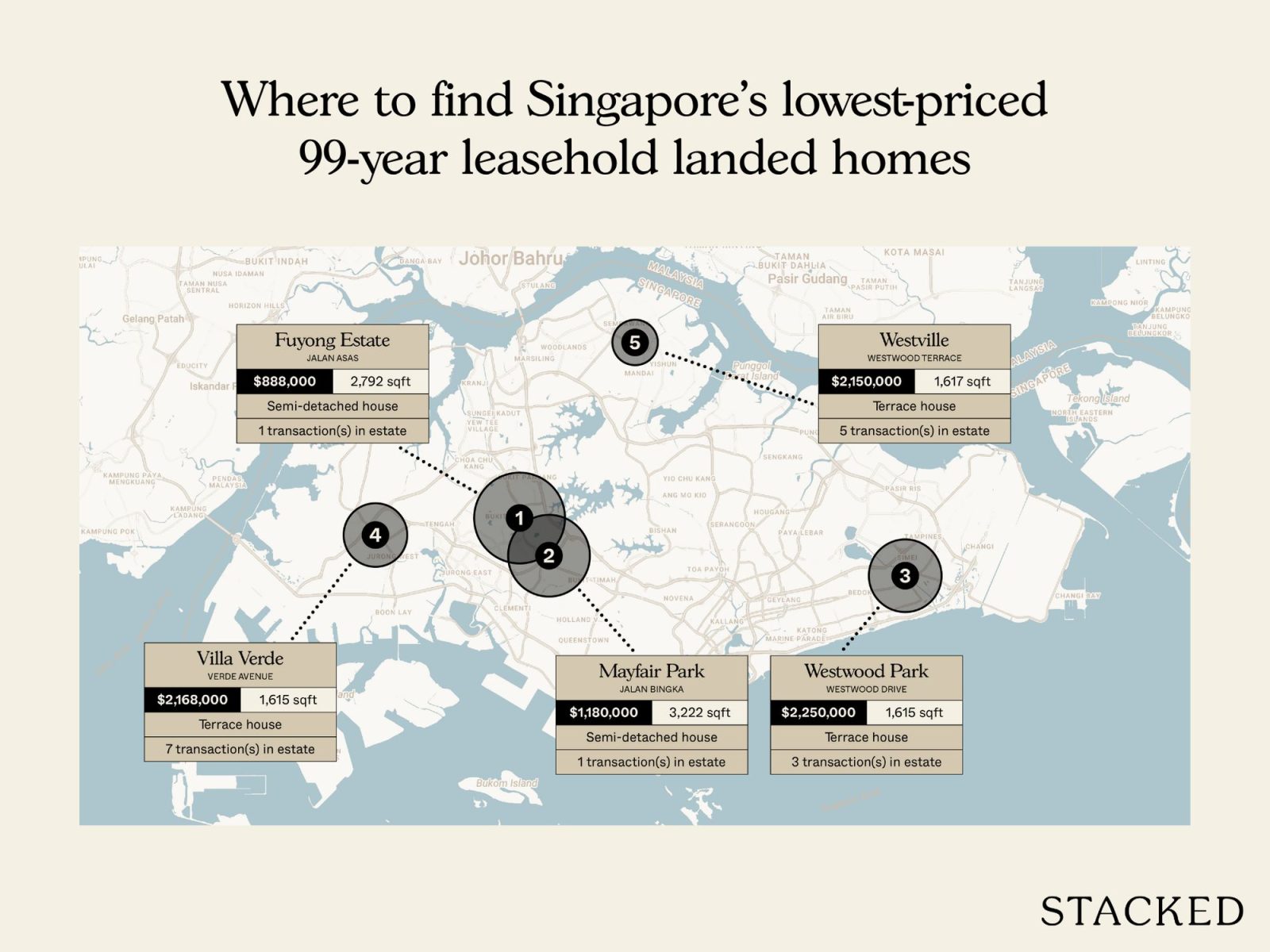
| Estate | Average price | Lease start year | Tenure | Transaction volume |
| FUYONG ESTATE | $888,000 | 1947 | 99 yrs | 1 |
| MAYFAIR PARK | $1,180,000 | 1952 | 99 yrs | 1 |
| WESTWOOD PARK | $2,306,000 | 1994 | 99 yrs | 3 |
| VILLA VERDE | $2,408,286 | 2000 | 99 yrs | 7 |
| WESTVILLE | $2,420,778 | 1997 | 99 yrs | 5 |
Let’s now take a closer look at the cheapest property sold in these estates
Fuyong Estate
| Street | Price | Size (sqft) | Property type | Total no. of transactions in estate |
| JALAN ASAS | $888,000 | 2792 | SEMI-DETACHED HOUSE | 1 |
Mayfair Park
| Street | Price | Size (sqft) | Property type | Total no. of transactions in estate |
| JALAN BINGKA | $1,180,000 | 3222 | SEMI-DETACHED HOUSE | 1 |
Westwood Park
| Street | Price | Size (sqft) | Property type | Total no. of transactions in estate |
| WESTWOOD DRIVE | $2,250,000 | 1615 | TERRACE HOUSE | 3 |
Villa Verde
| Street | Price | Size (sqft) | Property type | Total no. of transactions in estate |
| VERDE AVENUE | $2,168,000 | 1615 | TERRACE HOUSE | 7 |
Westville
| Street | Price | Size (sqft) | Property type | Total no. of transactions in estate |
| WESTWOOD TERRACE | $2,150,000 | 1617 | TERRACE HOUSE | 5 |
As a point of reference, a new launch two-bedder condo unit today can cost about $1.8 million to $2 million. For older buyers who are less concerned about remaining lease or legacy, you can see it could be tempting to go for more private landed living rather than a smaller condo (although maintenance costs may be something to consider).
These are the cheapest properties sold in the above estates
Macpherson Garden Estate
| Street | Price | Size (sqft) | Property type | Total no. of transactions in estate |
| JALAN SETIA | $2,380,000 | 885 | TERRACE HOUSE | 10 |
Raya Garden
| Street | Price | Size (sqft) | Property type | Total no. of transactions in estate |
| JALAN KELICHAP | $3,200,000 | 1683 | TERRACE HOUSE | 1 |
Springleaf Villas
| Street | Price | Size (sqft) | Property type | Total no. of transactions in estate |
| SPRINGLEAF CRESCENT | $3,388,000 | 3520 | SEMI-DETACHED HOUSE | 1 |
Foh Pin Garden
| Street | Price | Size (sqft) | Property type | Total no. of transactions in estate |
| CHARLTON LANE | $3,420,000 | 1645 | TERRACE HOUSE | 1 |
Sunbird Park
| Street | Price | Size (sqft) | Property type | Total no. of transactions in estate |
| SUNBIRD ROAD | $3,400,000 | 2450 | TERRACE HOUSE | 2 |
Some notable highlights
The $888,000 unit in Fuyong Estate probably caught your eye. This is the cluster of landed homes (around 142 units) near The Rail Mall in Upper Bukit Timah. It’s one of the most unique parts of Singapore today: everything here is surrounded by greenery, and all the buildings are low-rise.
Don’t make the mistake of thinking Fuyong is inaccessible or inconvenient due to the price tag. Besides The Rail Mall itself, the bus stop here has a very short and direct ride to Beauty World Centre and its MRT station (DTL); the introduction of the train line has made this one of the more convenient landed clusters. Even if you live fairly deep in, the walk to the bus stop is still probably around 10 minutes or under.
When we visited the area, we noticed some of the landed houses in this estate have been sub-divided and rented out; so there’s rental demand even though this isn’t in the hub of Bukit Timah per se.
This is actually a very nice place to live, and the low price tag is simply because it hasn’t got much time left; the leases for many of the homes here start in 1947. This does not mean all the landed homes in Fuyong were built in 1947, mind you – some have been rebuilt in later decades – it’s simply that the lease on the land started in 1947.
Also, take note that, according to one of the tenants, the stairs can be rather narrow in some units; so it’s a bit cumbersome to bring luggage, furniture, etc. upstairs.
More from Stacked
Property Cooling Measures In 2025: Here We Go Again
We just got a statement that the government is "not averse" to more cooling measures. But when I mentioned it…
Mayfair Park, the next cheapest on the list, is not far from Fuyong. It’s also in the upper Bukit Timah area, and is next to the park of the same name. Mayfair Park is even closer to Beauty World Centre and its MRT station than Fuyong, and it’s not hard to walk there. While it’s not sheltered, it’s well-paved and well-lit.
Mayfair Park has a mix of detached and semi-detached housing, and is a little bit younger than Fuying in terms of lease. We’ve also been told – but can’t verify – that most of the homes here were built in the 1970s, even if the lease began in ‘52.
Thanks to the establishment of the DTL and the upgrades to Beauty World, Mayfair Park is a convenient location despite being a landed enclave. It’s unlikely that you’ll find a 3,200+ sq ft house for under $1.2 million anywhere else today.
Do note there are sometimes wild monkeys in this area; some buyers love that, some buyers loathe it.
For the other leasehold enclaves, Villa Verde and Westville are both terrace-home estates, near Choa Chu Kang and Jurong West respectively. Prices here hover just above $2.1 million, and these are typical of 1990s–2000s leasehold landed housing. They cater mostly to families seeking landed space on a tighter budget, and you’ll find the houses here are mainly two-storey terrace houses.
As an aside, Gek Poh MRT station (JWL) will be within walking distance of some houses at Westville, once it’s operational in 2026 – though that depends on how deep in your house is located. This will make it one of the few landed enclaves on the list with train access.
These prices we see here are roughly on par with a new launch three-bedder condo today, but with more floor area and direct street frontage. The trade-off, of course, is a shorter remaining lease and higher maintenance issues. This is a bigger challenge in landed housing than in condos, as you are the property manager and also need to handle the facade.
999-year or freehold projects
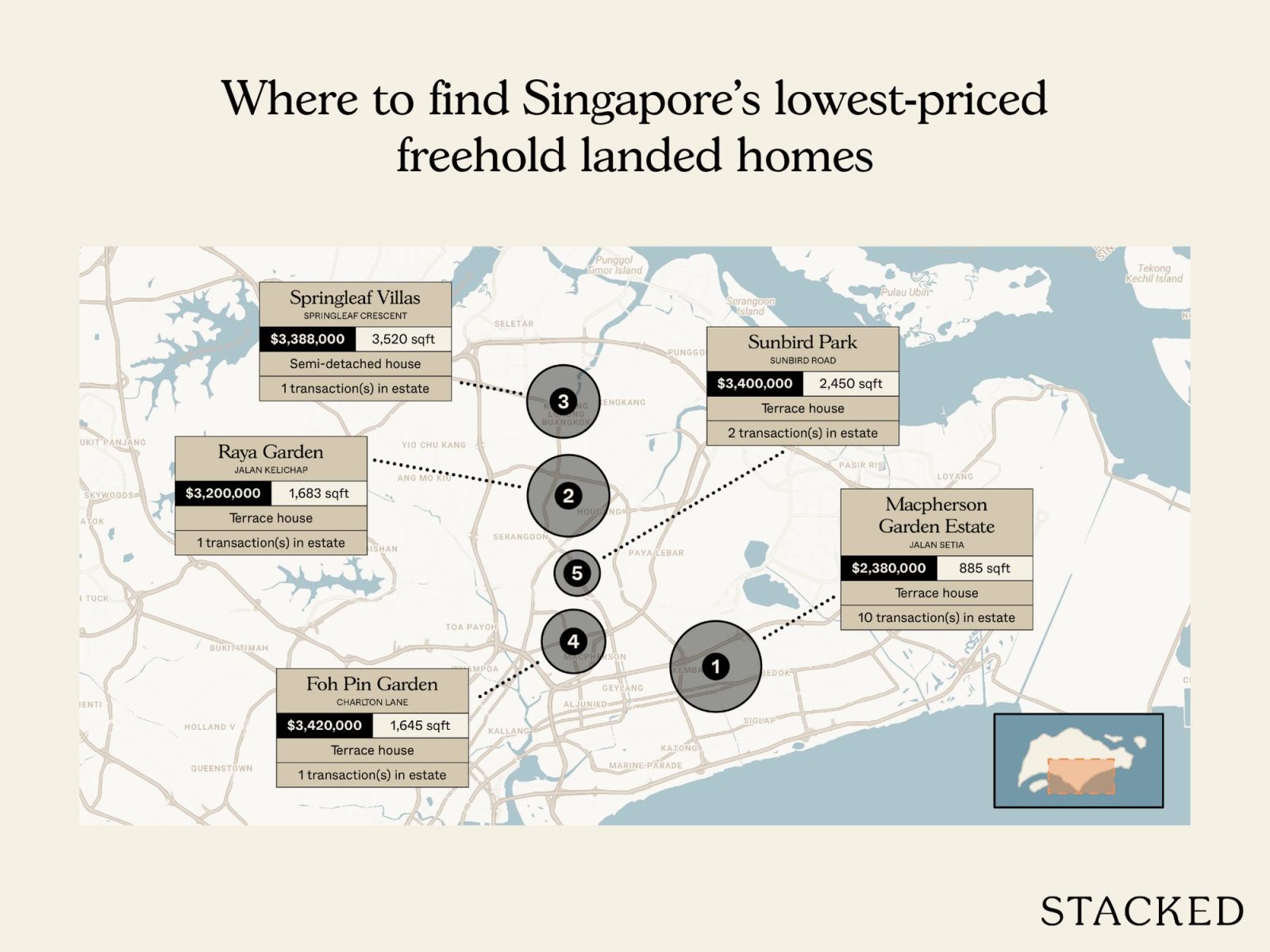
| Estate | Average price | Tenure | Transaction volume |
| MACPHERSON GARDEN ESTATE | $3,195,969 | Freehold | 10 |
| RAYA GARDEN | $3,200,000 | Freehold | 1 |
| SPRINGLEAF VILLAS | $3,388,000 | Freehold | 1 |
| FOH PIN GARDEN | $3,420,000 | Freehold | 1 |
| SUNBIRD PARK | $3,444,000 | Freehold | 2 |
The prices are much higher here; and barring one particularly active estate (MacPherson Garden Estate). While we don’t know for sure what happened in Macpherson Garden Estate – possibly a collective sale of several units – we can see that freehold landed transactions are much pricier.
Now let’s look at the cheapest homes sold in these estates:
Macpherson Garden Estate
| Street | Price | Size (sqft) | Property type | Total no. of transactions in estate |
| JALAN SETIA | $2,380,000 | 885 | TERRACE HOUSE | 10 |
Raya Garden
| Street | Price | Size (sqft) | Property type | Total no. of transactions in estate |
| JALAN KELICHAP | $3,200,000 | 1683 | TERRACE HOUSE | 1 |
Springleaf Villas
| Street | Price | Size (sqft) | Property type | Total no. of transactions in estate |
| SPRINGLEAF CRESCENT | $3,388,000 | 3520 | SEMI-DETACHED HOUSE | 1 |
Foh Pin Garden
| Street | Price | Size (sqft) | Property type | Total no. of transactions in estate |
| CHARLTON LANE | $3,420,000 | 1645 | TERRACE HOUSE | 1 |
Sunbird Park
| Street | Price | Size (sqft) | Property type | Total no. of transactions in estate |
| SUNBIRD ROAD | $3,400,000 | 2450 | TERRACE HOUSE | 2 |
Some notable highlights
It’s quite clear that once you cross into freehold or 999-year territory, you’re in a very different market. Even the cheapest freehold enclaves, such as Macpherson Garden Estate or Raya Garden, are at least around $3 million and above. That’s roughly a million-dollar premium to remove the lease decay factor.
The preference for freehold is far more pronounced in the landed market than it is for condos; perhaps because freehold landed is often seen as generational wealth.
The most affordable freehold landed home we found for 1H 2025 was at Macpherson Garden Estate. This was for a terrace house along Jalan Setia that sold for about $2.38 million. But while this is the lowest recorded price, it does appear to be a quirk specific to that house – most other transactions we saw here are closer to $3 million. This is, however, still on the low end for a freehold landed home in Singapore.
Springleaf Villas, an enclave of semi-detached homes in Upper Thomson, recorded a $3.39 million sale this year – typical for its larger 3,500 sq ft plots. It will be interesting to see if the recent Springleaf Residence, a large 941-unit condo project, will change the vibe of the area or its market dynamics in the coming years.
On the east end, Foh Pin Garden and Sunbird Park saw transactions around the mid-$3 million mark for terrace houses. So overall, it looks like the $3 million range is about as low as you can get for freehold landed in 2025; roughly about $1 million higher than an equivalent leasehold landed.
The numbers show that “cheap landed homes” do exist in 2025, albeit with conditions.
The leasehold projects can be well-suited to older buyers, who aren’t gambling on an en-bloc either. They offer a lot more space compared to a new (or even just new-ish) launch, for a much lower $PSF.
At the same time, it’s clear that the freehold segment is moving differently. Even the smaller freehold enclaves – like Springleaf or Foh Pin – start close to $3 million. However, this may still be reasonable, when you consider the space relative to a condo’s three-bedder.
For more on the Singapore property market and its more unusual offerings, follow us on Stacked. If you’d like to get in touch for a more in-depth consultation, you can do so here.


